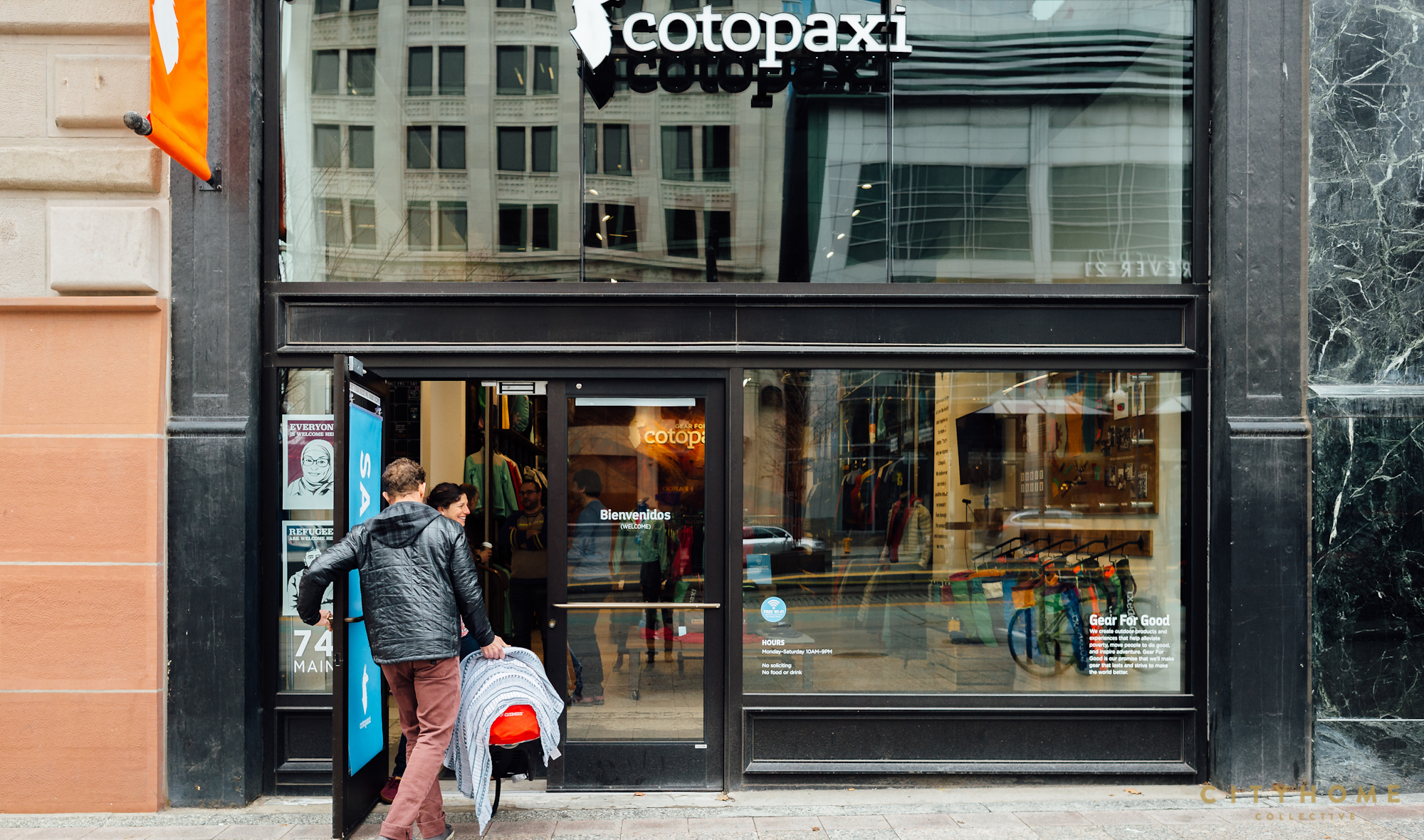It all started in a cabin. A group of entrepreneurs and designers kicking around a bold idea: make great gear and help alleviate poverty while doing so. Such was the humble beginning for Cotopaxi, Utah’s first Benefit Corporation. The name comes from an active volcano in the Andes, apropos appellation for a company made from such dynamic folks.
Cotopaxi’s mission, to both inspire people toward adventure and to change the way consumers look at business, stems from the idea that business doesn’t have to be about a traditional bottom line. There is a place for altruism alongside profit, and Cotopaxi believes it has the right formula to build social and environmental impact into everything it does. In a bid to make sure their work is as effective as possible, Cotopaxi measures philanthropic performance with three quantifiable pillars: health, education and livelihoods. On top of that, the company makes itself accountable and transparent to third party monitoring.
"we’re committed to creating a positive social impact.”
Founder and CEO, Davis Smith, came up with the company slogan, Gear For Good, as a way to communicate the company’s commitment to impacting meaningful change for those living in poverty. And folks, they're doing a bang up job. They work in places like Myanmar, India and Bolivia, supporting organizations through both their giving as well as their supply chain initiatives. Much of these efforts are spearheaded by our close friend, Lindsey Kneuven, CIO [chief impact officer] at Cotopaxi. She says, “Giving is at the core of our business model. Each year, we designate 2% of revenue to help alleviate poverty around the world. Through sustainable product design and targeted grant-making, we’re committed to creating a positive social impact.”
Noble idea, this giving back, but it wouldn’t be sustainable if the products Cotopaxi sold didn’t perform. But they do. And well. The brand started with backpacks, then soon moved into diversifying their technically-focused line. “These lifestyle products are design forward and function driven,” says Cheri Sanguinetti, VP of product design. This means that a product must be relevant and easily used while, at the same time, wearable on and off the mountain.
"Our hope is that we can help consumers make a connection to something bigger than themselves"
A perfect example of the desire to make kick ass gear with an altruistic agenda can be found in Cotopaxi’s frequent incorporation of llama fleece into its products. South America has used the fiber for thousands of years, but the industry as a whole has been underdeveloped. When Cotopaxi opted to use these natural fibers to fill their jackets rather than a polyester or a down insulation, it made the connection between creating a viable and sellable product and helping those in need, namely the herders and their families living in the Andes. Says Davis Smith, “We focus our efforts on helping the poorest of the poor with real, tangible benefits. We’re believers that businesses can be a force for good in the world. Our hope is that we can help consumers make a connection to something bigger than themselves, not just with nature, but with people as well.”
And to that, we wholeheartedly agree.

























